Easy Ways to Reduce Food Waste and Boost Nutrition
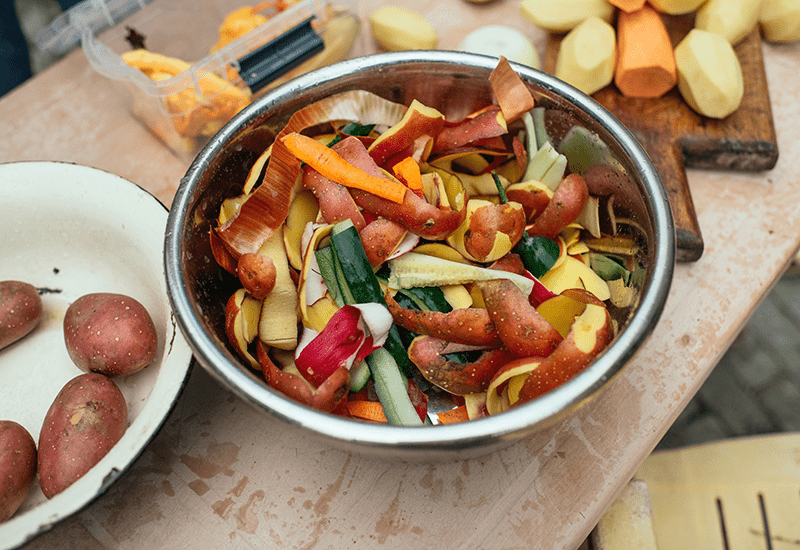
The following article was written by Heinen’s Chief Dietitian, Melanie Jatsek RD, LD.
Listen to this Article
Have you ever eaten a cabbage core? I would guess most people feed it to the garbage disposal, but for me that would mean breaking my number one meal prep rule: if it can be safely eaten, find a way to use it. Using this approach, I save money and gain valuable nutrients from the edible parts of fresh produce typically thrown away. It’s a win-win.
Here are some practical ways I extend the life of my produce, reduce food waste, and boost the nutrient density of my diet. I think you’ll find them helpful too!
How to Reduce Fruit Waste
Avocados. Refrigerating ripe avocados will halt further ripening and extend their life. You can also peel, seed, slice, and freeze ripe avocados, then drop a few slices into smoothies or make a Decadent Dairy-Free Chocolate Pudding. If you only plan to eat half of the avocado, store the other unpeeled half with the pit in a glass container with lid, like a small Mason jar.
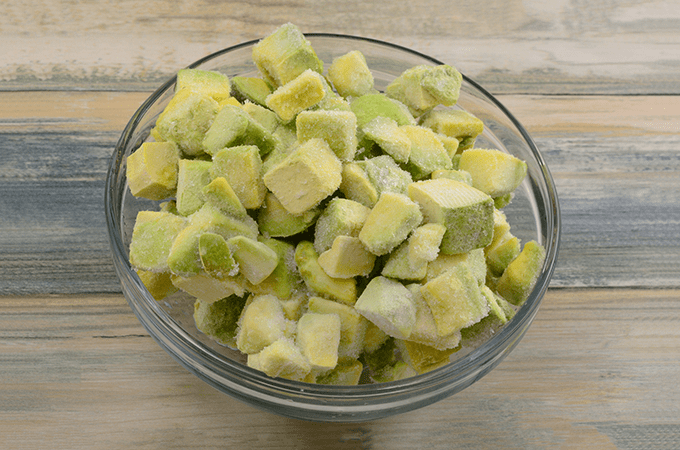
Citrus peels. Grate organic citrus peels and blend in smoothies, mix into salad dressings, or add to fruit-infused water.
Overripe bananas and pears. Chop overripe pears and peel overripe bananas, then freeze in freezer bags for smoothie-making, or make a batch of these naturally sweet Banana Walnut Muffins for a quick breakfast on-the-go!
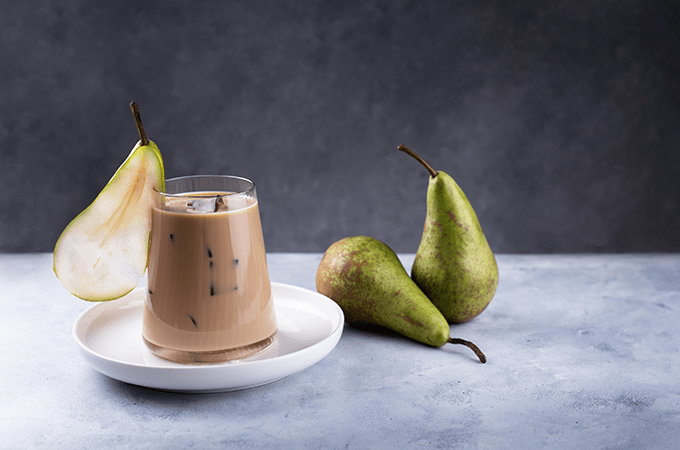
Banana peels. I can hear you now: “No way, Mel!” It’s true. Just like bananas, their peels offer fiber and potassium and are perfectly edible if you stick to organic varieties and rinse the peel well. Simply remove the stem, chop the peel, and blend into smoothies.
Want to dazzle your vegetarian friends this summer? Whip up a vegan “pulled pork” using banana peels. To prepare, use a spoon to scrape out the inner white part of the peel, then slice the peel into thin strips and boil for about 5 minutes. Strain and toss with Traeger pork and poultry rub (vegan) and sauté for a few minutes, finishing with Fx™-approved Noble Made barbecue sauce.
Berries. To store your berries for longer, remove fresh blackberries, blueberries, raspberries, and strawberries from their plastic containers and store them unwashed in Mason jars with the lids secured. Rinse before eating.
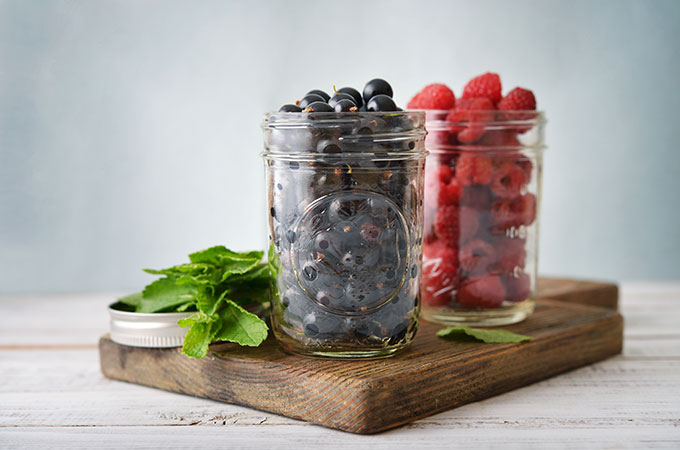
Pineapple cores. Cut into chunks and freeze, then add to a glass of water for a touch of cool sweetness.
Overripe tomatoes. Salsas, sauces, and hot vegetable soups are great ways to use overripe tomatoes. Cool down this summer with a bowl of this delicious chilled Gazpacho with Squash soup. No stove required!
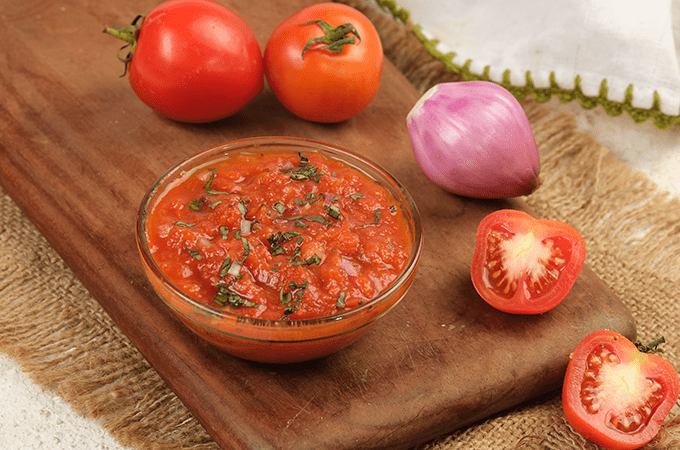
How to Reduce Vegetable Waste
Beet stems and leaves. Chop and add to salads and smoothies or sauté and mix with vegetables for a side dish.
Broccoli stalks. Peel and slice lengthwise into chips, then enjoy as a snack with Esti Baba Ghanoush, a nutritious dip made from eggplant and roasted red peppers! I’ve also been known to spiralize broccoli stalks and mix with pasta for extra veggies.
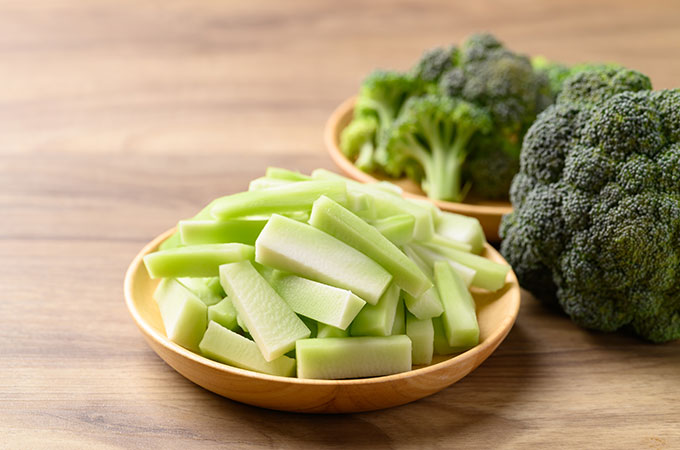
Cabbage cores. For a boost of fiber, vitamin C, and vitamin K, chop cabbage cores and add to soups, stir-fries, and salads, or eat as a crunchy snack with carrots, bell peppers, and celery. If you’re into pickling, cabbage cores can also be fermented along with the rest of the cabbage.
Cauliflower stalks. Roasted, steamed, or stir-fried, cauliflower stalks go perfectly right along with the florets!
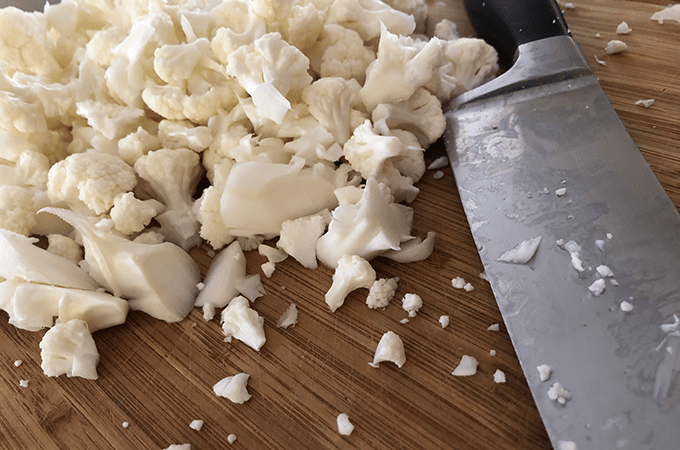
Celery leaves. These leaves blend nicely in green smoothie and make a bright addition to salads.
Kale stems. Delicious to blend into your favorite pesto.
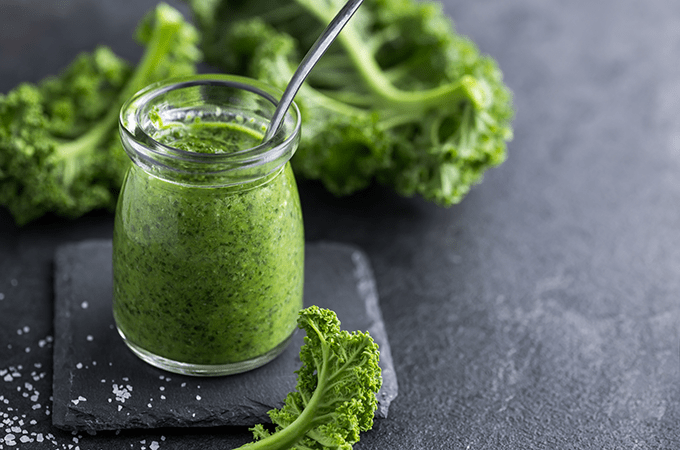
Swiss chard stems. These make a nutritious addition to homemade soups. You can also add them to canned soups to boost nutrition and lower sodium. Just chop them up and heat the soup a bit longer until the chard is fork-tender.
Herbs. Limp and lifeless herbs can be resurrected by adding them to dressings and sauces.
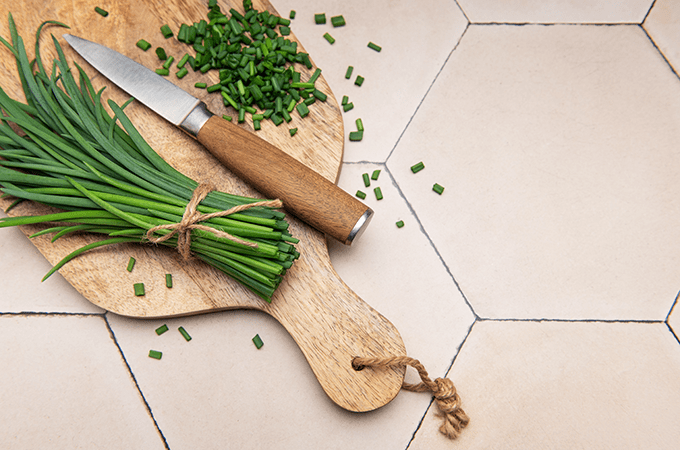
Potato skins. Reduce food waste and increase dietary fiber by not peeling your potatoes in the first place. It doesn’t matter if you bake, roast, or boil sweet, purple, red, or white potatoes… just leave the skin on!
Pumpkin or squash seeds. Seeds can be dry-roasted and eaten as a snack or used as a crunchy salad topping in place of croutons!
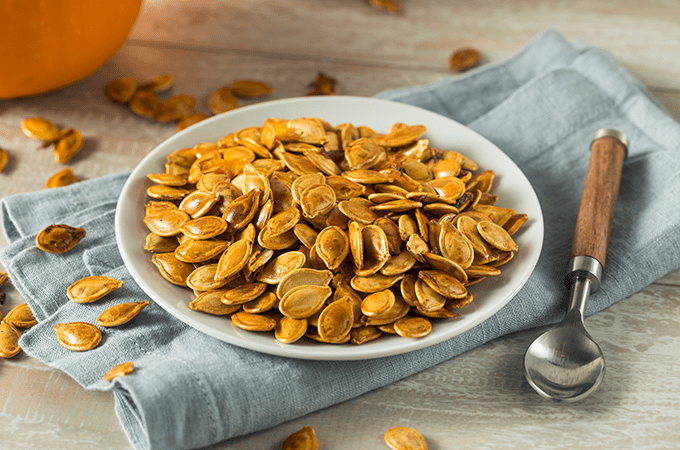
Key Takeaway
There’s something so satisfying about stretching your food dollar. Besides shopping the weekly sales at Heinen’s, you can extend the savings once you get home by practicing a few of the above tips. Even more of a victory is the nutrition boost you’ll get from eating the rescued parts of produce you used to feed to the disposal.
By the way, if you’ve never tried a cabbage core, you’re in for a treat. I would argue it’s the best part of the cabbage!



I thoroughly enjoyed Melanie’s suggestions about the smoothies. I’ve actually been meaning to make more smoothies, especially now in the hot summer, and I may lose a few pounds!
Excellent article. I’ve shared it on Facebook. Thanks.
I enjoy stir fry cauliflower leaves. Mixed with the cabbage core works even better. Just experiment with some spices.